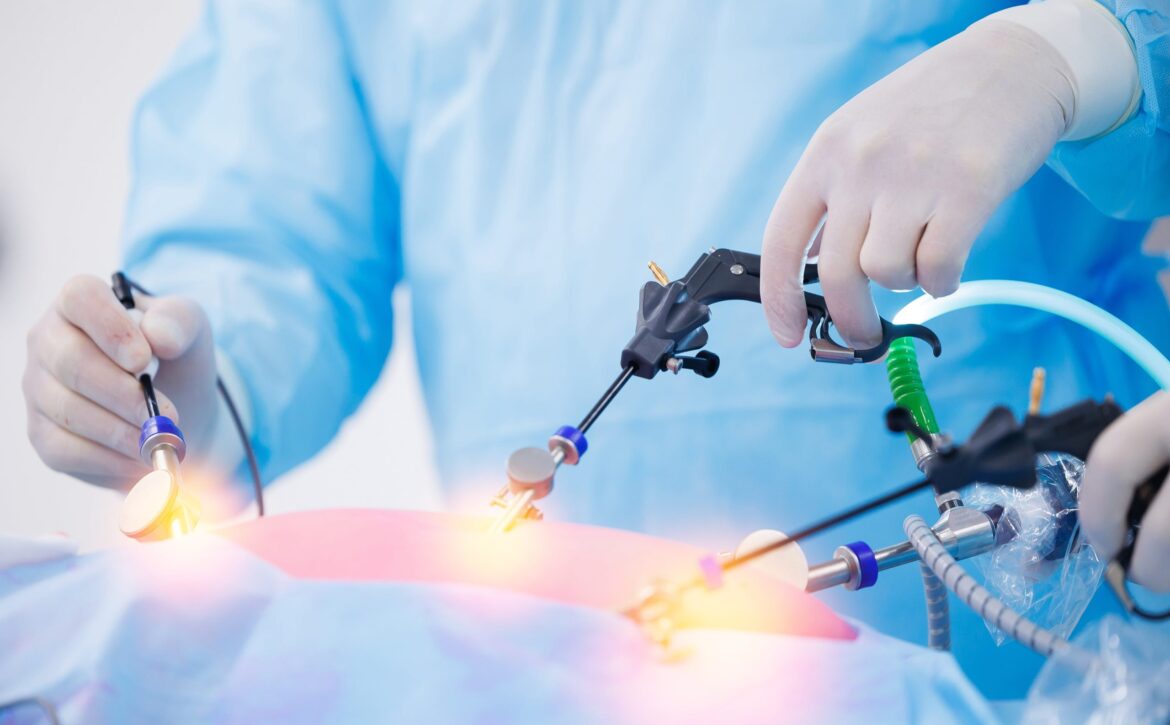New surgical techniques in the treatment of endometriosis: from vNOTES to regenerative medicine
Introduction
Surgery remains one of the primary treatments for endometriosis. In many patients, medications are insufficient to fully control symptoms, making surgery necessary for the removal of lesions and adhesions. Recent advancements in gynecological surgical techniques—particularly vNOTES and regenerative medicine approaches—have opened new horizons for patients.
Conventional Surgeries for Endometriosis
1. Conventional Laparoscopy
-
Standard Method: Insertion of surgical instruments through small abdominal incisions..
-
Advantages: Minimally invasive, rapid recovery, reduced bleeding.
-
Disadvantages: Limited visibility in certain pelvic areas.
2. Laparotomy (Open Surgery)
-
Primarily in complex cases or deep endometriosis.
-
Longer recovery period, increased pain, and higher risk of adhesion recurrence.
Novel vNOTES Technique (Transvaginal Endoscopic Surgery)
Definition of vNOTES
-
vNOTES (Vaginal Natural Orifice Transluminal Endoscopic Surgery): A minimally invasive approach performed through the vagina.
-
In this method, there is no abdominal incision, and surgical instruments are introduced through the vagina.
Advantages of vNOTES
-
No abdominal scars (better cosmetic outcome).
-
Reduced postoperative pain.
-
Faster hospital discharge.
-
Better visualization of certain pelvic lesions.
Limitations
-
Requires high surgical skill.
-
Limited applicability in extensive lesions.
Regenerative Medicine in Endometriosis Surgery
1. Stem Cells
-
Using mesenchymal stem cells to repair damaged pelvic tissues.
-
Reducing adhesions and improving organ function.
2. Tissue Engineering
-
Creating biological scaffolds for the reconstruction of uterine or ovarian tissue.
-
Practical prospects for infertile women following extensive surgeries.
3. Targeted Drugs Post-Surgery
-
Drugs that inhibit specific inflammatory pathways.
-
Preventing endometriosis recurrence after surgery.
Surgery Comparison
| Method | Invasiveness | Recovery Period | Effect on Fertility | Scar | Recurrence Probability |
|---|---|---|---|---|---|
| Laparotomy | High | Long | Medium | Has | High |
| Laparoscopy | Medium | Short | Good | Low | Medium |
| vNOTES | Very low | Very short | Great | have not | Low |
The future of surgery in endometriosis
-
Combining surgery and reconstructive medicine: Simultaneous use of waste removal and tissue repair.
-
Advanced robotics: Greater precision in complex pelvic surgeries.
-
Personalized surgeries: Choosing the method based on each patient’s condition.
Conclusion
vNOTES and regenerative medicine are a milestone in the surgical treatment of endometriosis. These techniques have brought new hope to patients by reducing complications and improving quality of life. The future of treatment will be a combination of technology, minimally invasive surgery, and tissue regeneration.
Suggested References
-
Fertility and Sterility Journal (2025): Advances in Surgical Management of Endometriosis
-
Journal of Minimally Invasive Gynecology



